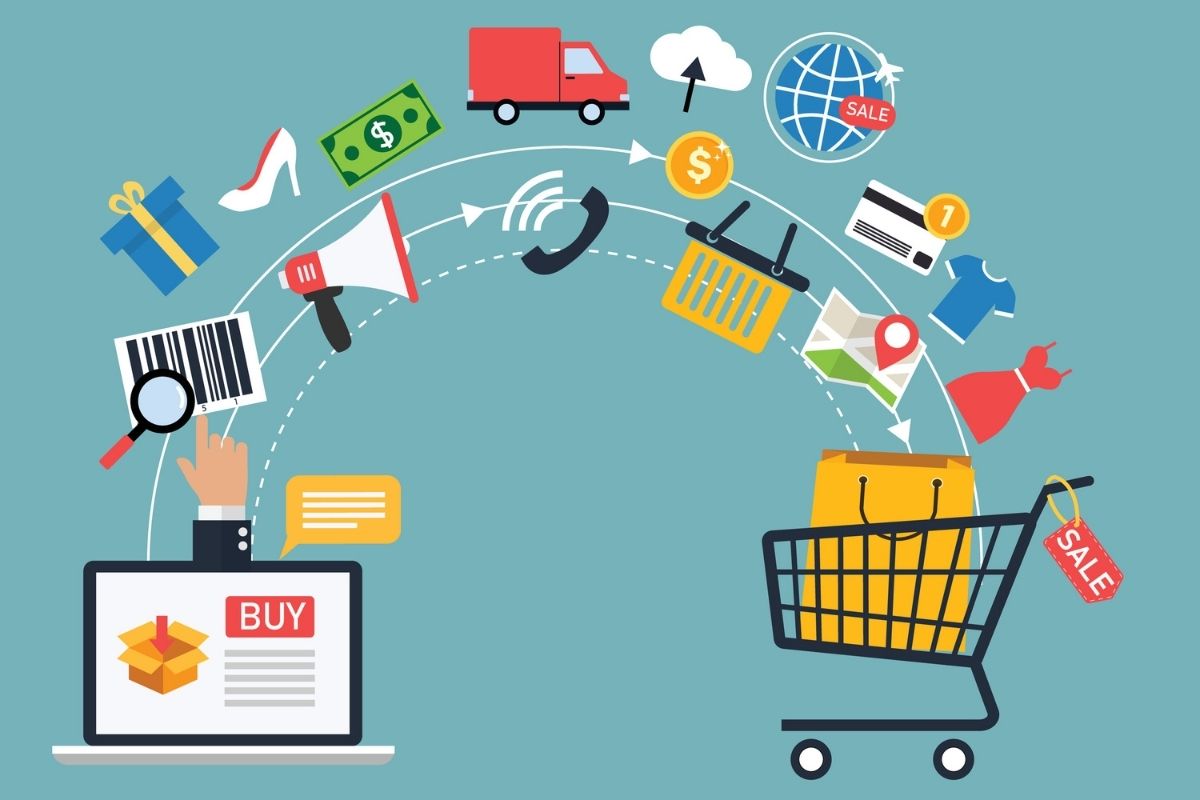Ecommerce, also known as electronic commerce, has revolutionized the way we shop and conduct business. The ability to buy and sell products and services online has made it easier for consumers to find what they need and for businesses to reach a global audience. In this article, we will discuss the history, current state, and future of ecommerce, as well as the benefits and challenges it presents.
The history of ecommerce can be traced back to the 1960s, when the first electronic transaction was made by a computer at MIT. However, it wasn't until the 1990s that ecommerce began to gain traction with the widespread use of the internet. Online shopping sites such as Amazon and eBay were among the first to offer a wide range of products and services, making it easy for consumers to find what they needed.
Today, ecommerce is a multi-billion dollar industry and is continuing to grow at an astonishing rate. According to a report by eMarketer, global ecommerce sales are expected to reach $4.9 trillion by 2021. This growth can be attributed to the increasing use of mobile devices, which has made it even easier for consumers to shop online. Additionally, advancements in technology such as artificial intelligence, virtual and augmented reality, and blockchain are making ecommerce more efficient and personalized.
One of the main benefits of ecommerce is convenience. Consumers no longer have to leave their homes to shop, and businesses can reach a global audience without having to open physical stores. Additionally, ecommerce allows for businesses to personalize their marketing and product offerings based on customer data, increasing the likelihood of a sale.
However, ecommerce also comes with its challenges. One of the main challenges is competition. With so many businesses selling products and services online, it can be difficult for a business to stand out. Additionally, the ability to shop online also makes it easy for consumers to compare prices and find the best deals, which can be a challenge for businesses trying to maintain profit margins.
Another challenge is building trust with customers. With online shopping, customers cannot physically inspect a product before purchasing. This can make it difficult for businesses to build trust with their customers. To overcome this challenge, businesses must offer detailed product descriptions, high-quality images, and customer reviews. Additionally, offering a secure and easy checkout process can also help to build trust with customers.
Finally, ecommerce also presents a challenge in terms of creating an enjoyable and seamless shopping experience. Businesses must focus on creating a user-friendly website, easy navigation, and efficient checkout process to make the shopping experience as enjoyable as possible.
In conclusion, ecommerce has revolutionized the way we shop and conduct business. The ability to buy and sell products and services online has made it easier for consumers to find what they need and for businesses to reach a global audience. However, ecommerce also comes with its challenges, such as competition and building trust with customers. Businesses must focus on differentiating themselves, personalizing their offerings, and creating a seamless shopping experience to succeed in the online marketplace.
Please note that this is a sample article, you may have specific requirement or guidelines that you would like me to follow or have any other question, please let me know.

